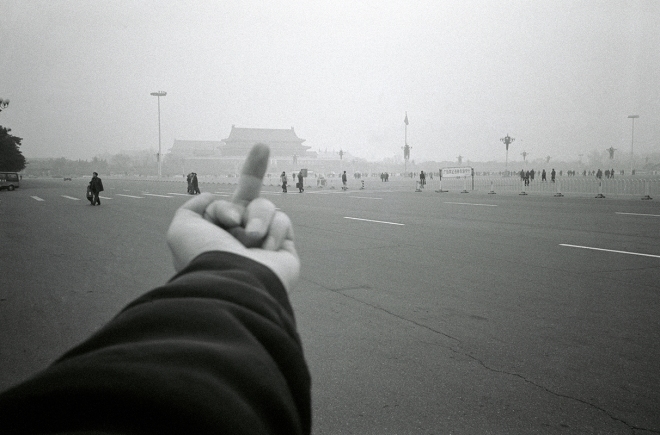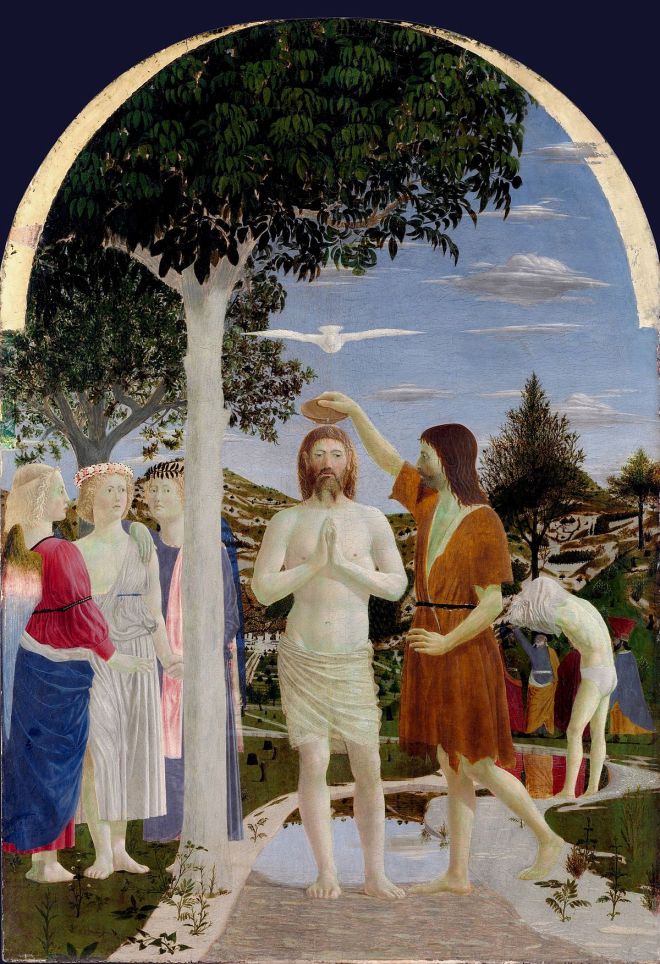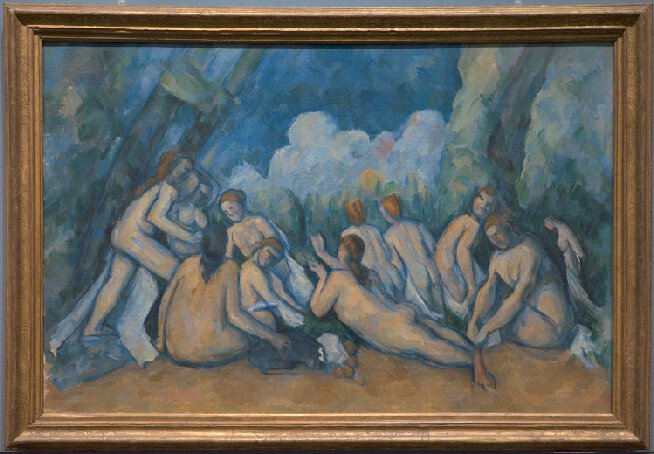The relationship between art and political activism has a long story. My point of view focuses on different artists that in this years did performance and peace with a denouncing political meaning. This is not programmed art, either commissioned art, but they represent the willingness of hit a political ideology with art.
I can’t avoid quoting the Biennale of Istanbul (2011) or the Biennale of Berlin (2012) dedicated to the relationship between art and politics. Artists in Istambul were focusing on artworks that are both formally innovative and politically outspoken. It takes as its point of departure the work of the Cuban American artist Felix Gonzalez-Torres (1957–1996). Gonzalez-Torres was deeply attuned to both the personal and the political, and also rigorously attentive to the formal aspects of artistic production, integrating high modernist, minimal, and conceptual references with themes of everyday life.
The 7th Berlin Biennale had an impact on district politics and the landscape of the city; besides was hosting many activists artist, the ticket was free to everyone.
One of the artists that I have been researching on is Ai Weiwei; also his is a political activist artist, as an activist, he calls attention to human rights violations on an epic scale; as an artist, he expands the definition of art to include new forms of social engagement. In a country where free speech is not recognised as a right, the police have beaten him up, kept him under house arrest, bulldozed his newly built studio and subjected him to surveillance. He is viewed as a threat to “harmonious society.”

Study of Perspective Tiananmen Square (1995)
Also known as the “Gate of Heavenly Peace”, and formerly the front entrance to the Forbidden City, this was also the site of the brutal massacre in 1989 in which state soldiers shot peaceful protesters. The Beijing government still refuses to discuss it, and censors all footage of the event.
Bibliography:
A. Weiwei, Ai Weiwei: Sunflower Seeds, 2010













